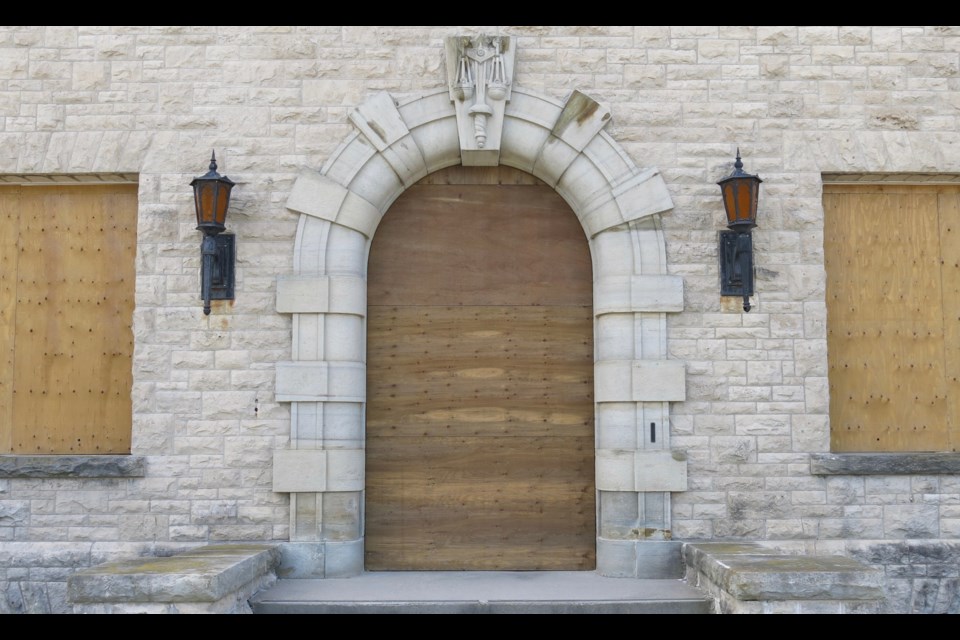Call it Guelph Innovation District, or Yorklands, or Yorklands Green Hub, or the old Guelph Reformatory/Guelph Correctional Centre lands. Whatever you choose to call it, the sprawling and breathtaking expense of land along York Road in Guelph's east side seems somewhat more dormant than usual in recent months.
That might be because of the psychological impact of the locked gate that was installed at the main entrance in around December. A locked gate tends to say, 'We're closed.'
Since the prison lands were decommissioned in 2002 the property has served a leisurely recreational function in the city, with visitors using it mostly as a place to walk and reflect. The human-made ponds on the property are reputed to be a good place to catch perch, and people throwing lines in the water is a common sight.
But access to the land has definitely been restricted since the gate went up. Cars can no longer drive into the property and its parking area, and visitors are restricted to parking along York Road, at least where there are no 'no parking' signs installed.
Still, many are visiting and continue to treat it as a public space. The security guards, if they are still on duty, are not chasing anyone off.
Other recent changes include the boarding up of primarily of first floor windows and doors on the administrative building. Nothing says dormant like boarded up windows.
The Ontario Reformatory/Guelph Correctional ran from 1909-1972. It operated as a working farm over its life, and also had a manufacturing component for some of those years.
The first inmates built the first dormitories and cell blocks, with a pair of quarries on the property providing the building blocks. Prisoners also built the administration building between 1911-15. By 1916 it was the largest correctional facility in Ontario. It also served as a convalescence hospital during World War I.
It has been about 11 years since the Ontario Realty Corporation carried out a study of correctional facilities in the province. That study determined that parts of the Guelph Correctional Center constituted provincially significant heritage property.
Over roughly the past decade much thought has gone into the potential of the site. Visions see it being home to educational and environmental facilities, residential dwellings, a kind of live/work community, and as urban agriculture lands. But like the land itself, those plans seem to have gone dormant lately.
While access appears to be more restricted, the land remains a special place to visit.
